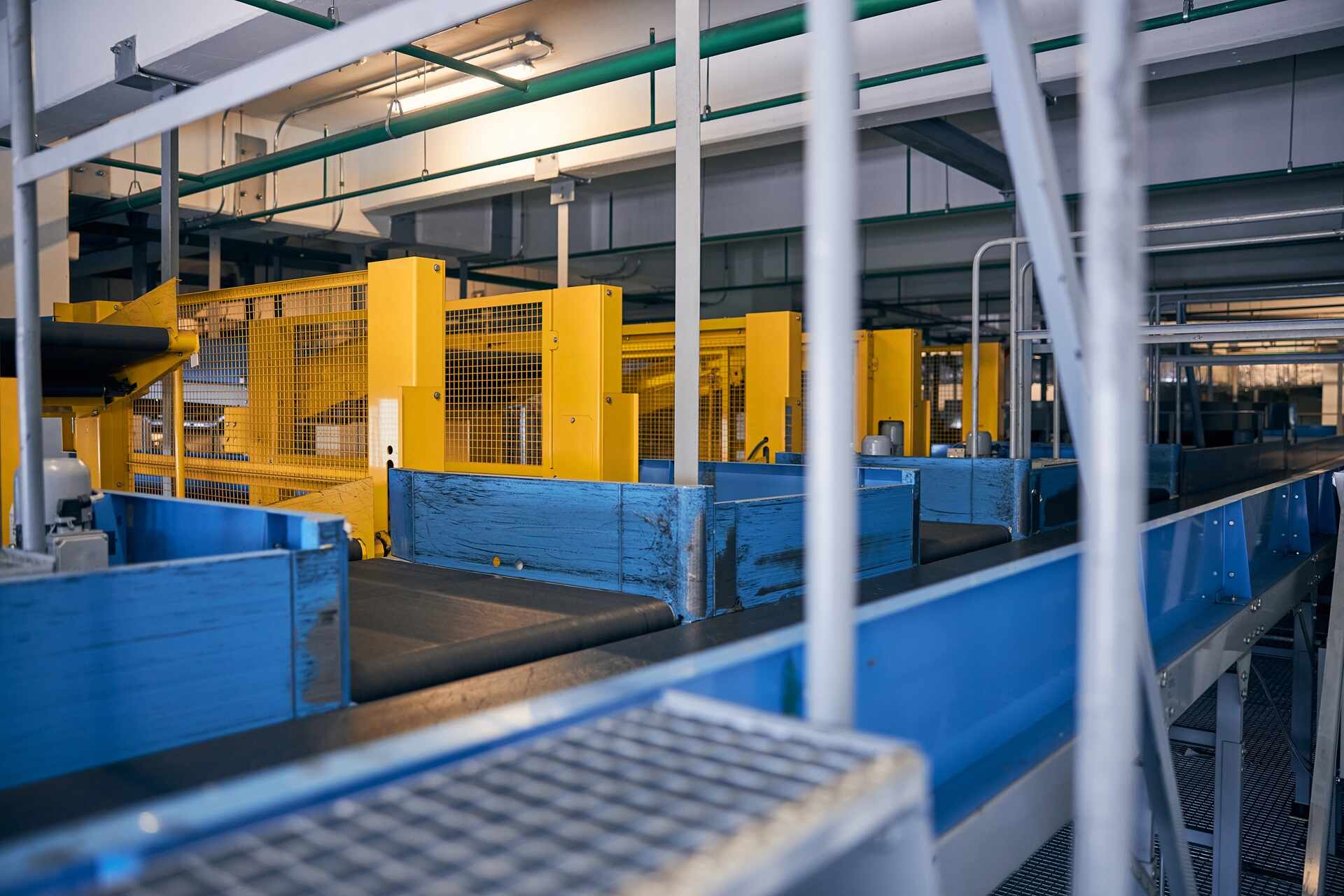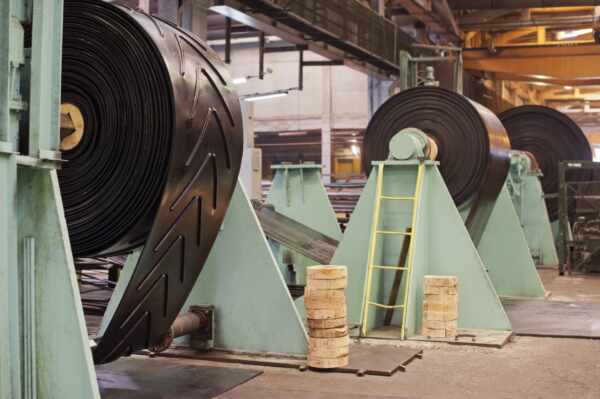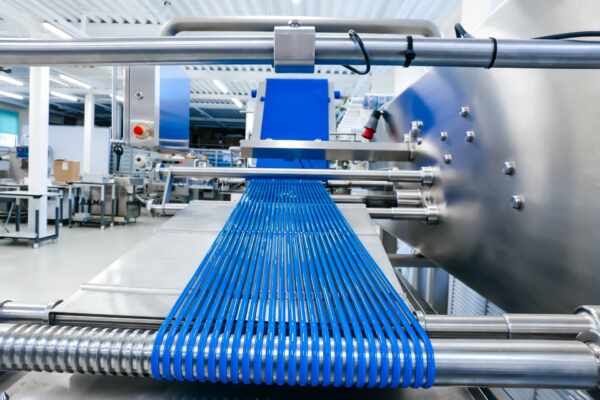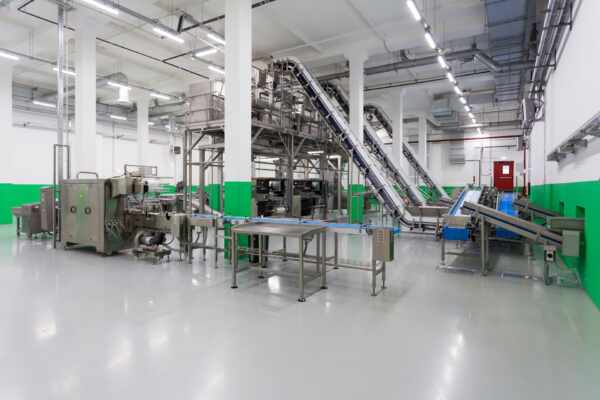Steel conveyor belts are widely used in various industries due to their durability, strength, and ability to withstand extreme environmental conditions. However, consistent wear and tear can take their toll on these conveyor belts over time, leading to reduced efficiency, costly downtime, and jeopardised production processes. Implementing a robust preventative maintenance plan and adhering to best practices can significantly prolong the lifespan of your steel conveyor belts, ensuring consistent and optimal performance throughout their service life.
In this article, we will explore essential preventative maintenance tips and best practices that can help you extend the lifespan of your steel conveyor belts. We will discuss routine inspection and cleaning procedures, the importance of timely troubleshooting, maintaining proper belt tension and alignment, and the role professional conveyor belt specialists play in maximising your conveyor system’s efficiency and longevity.
Understanding the proven techniques and strategies behind maintaining your steel conveyor belts and incorporating them into your preventative maintenance plan will contribute to a well-optimised and efficient system that serves your facility reliably for years to come.
Routine Inspection and Cleaning Procedures
Regularly inspecting and cleaning your steel conveyor belts can significantly extend their lifespan and ensure that they remain in optimal condition. Some crucial aspects to consider during inspection and cleaning include:
1. Visual inspections: Perform routine visual inspections of your steel conveyor belts to identify any signs of wear, damage, or debris build-up. Keep an eye out for issues like frayed edges, missing or damaged belt teeth, and abnormal belt movement.
2. Debris removal: Accumulation of debris can cause your steel conveyor belts to wear prematurely, leading to decreased performance and potential damage. Carefully remove any debris and clean the belt surface, paying attention to avoid damaging the belt teeth or other components.
3. Lubrication: Proper lubrication is essential for maintaining the system’s smooth operation and minimising wear between moving parts. Adhere to manufacturer recommendations for lubrication frequency and the type of lubricant to use for your specific conveyor belt system.
Timely Troubleshooting and Repairs
Addressing minor issues before they escalate into significant problems is critical in maintaining your steel conveyor belt system’s performance and prolonging its life. Some essential troubleshooting tips include:
1. Identify the root cause: Investigate any signs of malfunction or performance decline to determine the primary cause of the issue. Understanding the root cause will help you address it effectively and avoid recurring problems.
2. Prioritise repairs: Address any identified issues in a timely manner to minimise downtime and prevent further damage to your conveyor belt system. Delaying repairs can lead to greater costs and downtime in the long run, impacting your facility’s productivity.
3. Consult with experts: Seek the advice and assistance of conveyor belt specialists to perform the necessary repairs or recommend the appropriate course of action. Expert guidance can ensure the issue is addressed effectively and efficiently.
Maintaining Proper Belt Tension and Alignment
Optimal belt tension and alignment are critical components of maintaining your steel conveyor belt system and prolonging its lifespan. Consider the following factors:
1. Tension: The proper tension ensures that your steel conveyor belt system operates smoothly without putting excessive strain on the belt or other components. Regularly check your system’s tension and make any necessary adjustments to prevent slack or overtightening, both of which can lead to increased wear or system failure.
2. Alignment: A well-aligned conveyor belt system will help prevent edge wear and improve overall performance. Inspect the alignment of your system regularly and make any necessary adjustments to rollers, pulleys, or railings to maintain optimal belt alignment.
Upgrading System Components and Technology
Replacing or upgrading worn or outdated components can enhance your steel conveyor belt system’s performance, efficiency, and lifespan. Some key upgrades to consider include:
1. High-quality components: Invest in high-quality components when performing repairs or replacing system parts to ensure your steel conveyor belt system maintains its optimal performance. Quality components will also be more durable and longer-lasting, reducing the frequency of future repairs or replacements.
2. Enhanced system technology: As conveyor belt technology advances, making strategic investments in modern upgrades can improve your system’s overall efficiency, reliability, and lifespan. Configuring your system with updated tools and innovations can optimise performance, reduce maintenance costs, and offer a better return on investment.
Working with Conveyor Belt Specialists
Partnering with professional conveyor belt specialists for your maintenance, repairs, and upgrades is a valuable investment in prolonging the life of your steel conveyor belts and ensuring maximum operational efficiency. Some of the key benefits of working with experts include:
1. Tailored maintenance plans: Professional conveyor belt specialists can design a bespoke maintenance plan that addresses your facility’s unique requirements, ensuring that your steel conveyor belt system is optimised for extended life and top performance.
2. Expert advice and solutions: Benefit from expert guidance and industry-proven strategies recommended by professionals who understand the intricacies of steel conveyor belt systems. They can provide practical advice, identify potential issues, and offer tailored solutions for your facility.
3. Reduced downtime: Expertly performed maintenance and repairs can minimise production downtime, helping your facility maintain productivity and efficiency.
Conclusion
Proper preventative maintenance and adherence to best practices are critical factors in extending the lifespan of your steel conveyor belts. By routinely inspecting and cleaning your conveyor belt system, addressing issues in a timely manner, maintaining optimal tension and alignment, and partnering with professional conveyor belt specialists, you can ensure a well-optimised and efficient conveyor system that serves your facility reliably for years to come.
Invest in the longevity and performance of your steel conveyor belts by prioritising preventative maintenance, working with industry experts, and continuously seeking to improve your system’s productivity and efficiency.
Get started on extending the life of your steel conveyor belts and maximising your facility’s efficiency with expert guidance and support from Change Parts Pty Ltd. Contact our team today to discuss your unique maintenance needs and discover tailored solutions that keep your conveyor system running smoothly and productively.




